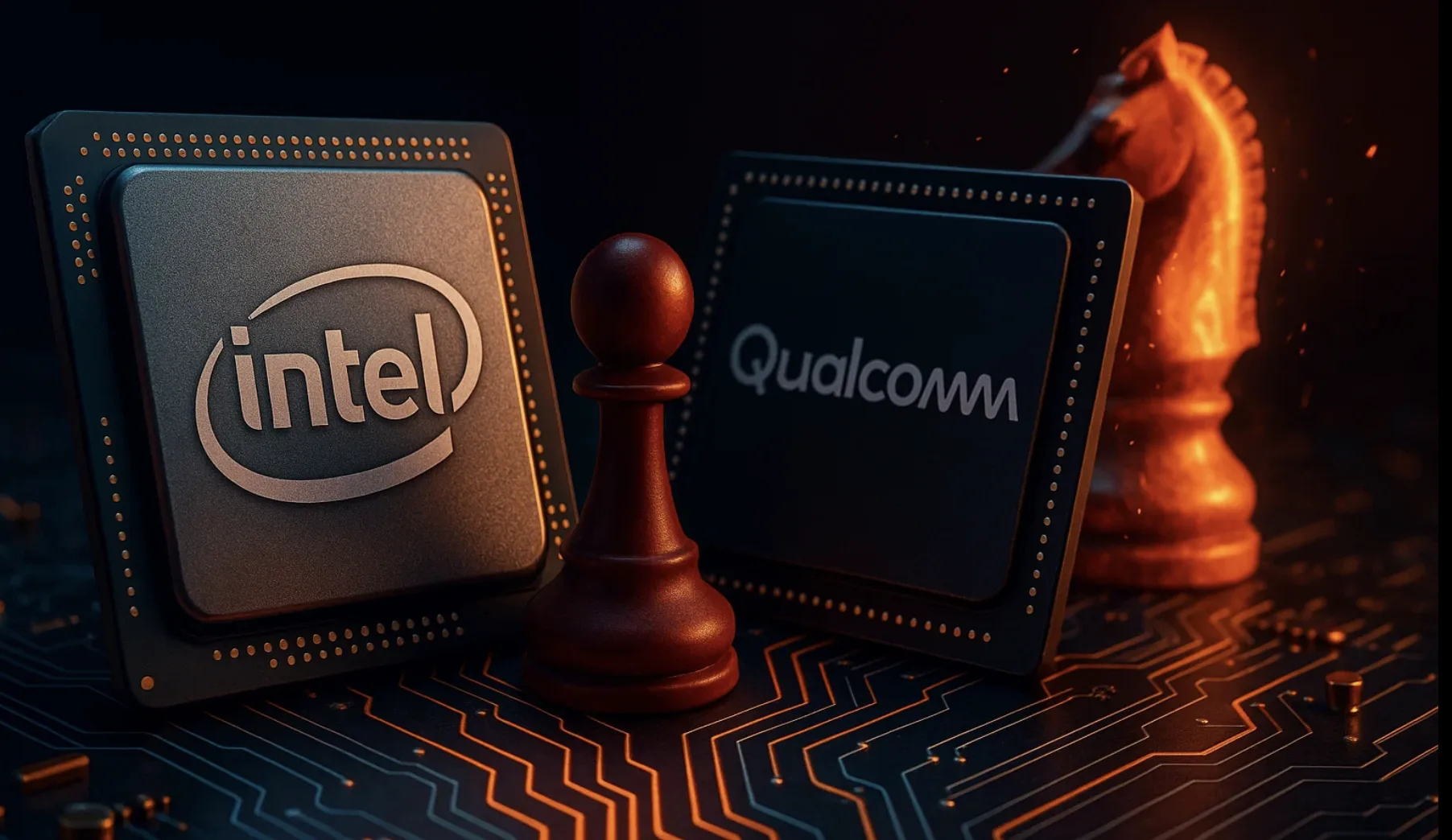

The Untold Story of Processor Wars: Qualcomm’s Missed Opportunities
In the fast-moving world of technology, few rivalries have shaped the industry as profoundly as the ongoing processor wars. From powering early smartphones to enabling the next generation of laptops and connected devices, processor companies have competed fiercely for dominance. At the center of this battle once stood Qualcomm, a company that seemed destined to lead the market with its innovations. Yet despite its early head start, Qualcomm now finds itself facing mounting challenges from competitors who have captured both consumer and enterprise attention.
This is the untold story of Qualcomm’s missed opportunities, exploring how the company rose to prominence, why it struggled to maintain its advantage, and what its future may hold.
Qualcomm’s Early Lead in Mobile Processing
In the early 2000s, smartphones were beginning to transform the way people communicated. Qualcomm quickly recognized the potential of combining wireless connectivity and powerful processing into a single solution. Its Snapdragon processors became the backbone of Android devices, offering integrated modems, energy efficiency, and impressive performance.
During this period, Qualcomm was widely regarded as the leader in mobile chip technology. It licensed its technology to handset makers, secured partnerships with nearly every major Android brand, and earned billions in royalties through its patent portfolio. For years, the company enjoyed a near-monopoly in 3G and 4G mobile processors.
The Shift Toward Competition
As the mobile market matured, however, Qualcomm’s dominance faced increasing pressure. Rivals like Apple, Samsung, and MediaTek began investing heavily in their own chip designs. Apple’s introduction of the A-series processorsmarked a turning point. With custom designs tailored specifically for iPhones and iPads, Apple delivered performance leaps that consistently outpaced Snapdragon chips.
At the same time, MediaTek gained traction in budget and midrange devices, challenging Qualcomm’s hold on emerging markets. Samsung also developed its Exynos processors, further fragmenting the ecosystem. These shifts created an environment where Qualcomm could no longer rely solely on its early innovations.
Missed Opportunities in the Processor Wars
1. Falling Behind in Custom Architectures
While Apple invested in custom silicon optimized for its hardware, Qualcomm often relied on semi-custom or licensed designs from ARM. This decision limited Qualcomm’s ability to control performance and differentiate itself in the long run. By the time the company began moving toward more custom architectures, Apple had already established itself as the benchmark in mobile performance.
2. Slow Expansion Beyond Mobile
Qualcomm had the technology to expand into PCs, servers, and other connected devices, but its focus remained heavily on smartphones. This left room for companies like Intel, AMD, and Apple (with its M-series chips) to capture opportunities in laptops and desktops, where performance-per-watt became increasingly important.
3. Regulatory Battles and Legal Disputes
For years, Qualcomm faced antitrust lawsuits and regulatory scrutiny in multiple countries over its licensing practices. These legal battles consumed resources and distracted from innovation. They also strained relationships with partners, some of whom sought alternatives to reduce reliance on Qualcomm’s licensing model.
4. Underestimating AI and Specialized Processing
As artificial intelligence and machine learning became central to consumer devices, the demand for neural processing units (NPUs) and specialized accelerators grew. Competitors integrated AI-focused hardware more aggressively, while Qualcomm was slower to position itself as a leader in this area.
The Rise of New Contenders
The processor wars are no longer confined to traditional players. Apple’s M-series processors have redefined expectations for laptop performance, proving that efficiency and power can coexist. At the same time, AMD and Intel continue to battle in the desktop and server markets, with AMD’s Ryzen line gaining widespread acclaim.
Meanwhile, companies like Google with its Tensor chips and Amazon with Graviton processors are proving that vertical integration—building processors tailored for specific ecosystems—is the future. This further marginalizes Qualcomm, whose strength has long been tied to mass-market adoption rather than deep ecosystem control.
Qualcomm’s Current Strategy
Despite these challenges, Qualcomm is not without strengths. The company remains a key supplier of 5G modems and continues to dominate connectivity solutions. It has also invested in automotive chips, IoT devices, and wearable technologies, seeking to diversify its portfolio. Recent acquisitions in AI and custom silicon design show that Qualcomm is aware of its past missteps and is working to catch up.
The company’s push into the PC market with Snapdragon-powered laptops demonstrates its ambition to challenge Intel and AMD, though success will depend on building strong partnerships with Microsoft and other ecosystem players.
Lessons From Qualcomm’s Journey
Qualcomm’s story offers valuable lessons for the broader tech industry:
-
Innovation cannot stall: Early leadership is no guarantee of long-term success if competitors continue to innovate aggressively.
-
Ecosystem integration matters: Companies that control both hardware and software gain a competitive edge, as Apple has demonstrated.
-
Diversification is essential: Overreliance on a single market leaves companies vulnerable to disruption.
-
Adaptation is key: The processor wars evolve rapidly, and companies must anticipate future trends rather than react to them.
The Future of the Processor Wars
Looking ahead, the processor wars are likely to intensify as AI, edge computing, and next-generation connectivity redefine computing needs. Qualcomm still has the opportunity to leverage its expertise in wireless technologies and expand into growth areas like autonomous vehicles, AR/VR, and next-generation PCs.
However, to reclaim a leadership position, Qualcomm must double down on custom silicon, AI acceleration, and strategic partnerships. Whether it can transform its missed opportunities into a comeback story remains to be seen.
Conclusion
The untold story of Qualcomm’s missed opportunities in the processor wars reveals both the power of early innovation and the risks of complacency. While Qualcomm enjoyed years of dominance, rivals capitalized on its hesitation to evolve. Today, the company stands at a crossroads—still influential but no longer the undisputed leader.
As the industry enters a new era of computing, Qualcomm’s ability to adapt will determine whether it regains its footing or becomes a cautionary tale of how quickly fortunes can change in the world of technology.



